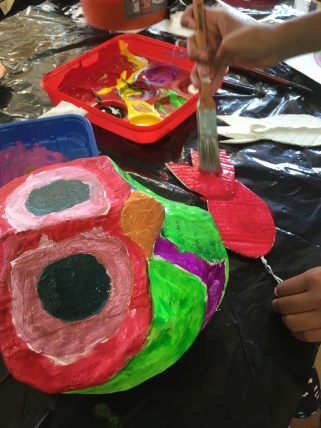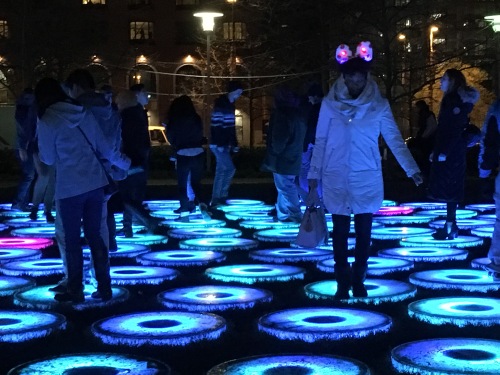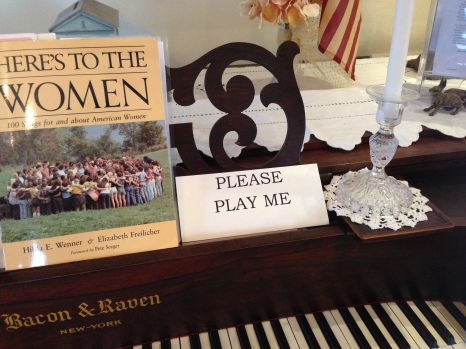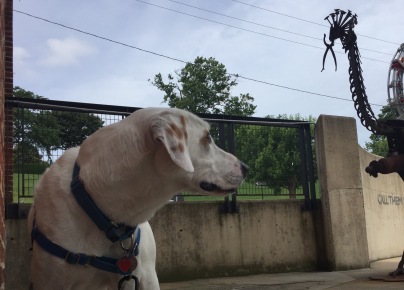How do I begin to digest a year where I worked a frequently changing configuration of two to three part-time jobs across similar fields, but of quite different content and character? The much-neglected blog seems like a good place to start.
While many museum professionals may find the content of this post to be business as usual (working multiple part-time jobs is incredibly common in the arts and museum field), it has been a unique and challenging time for me—seemingly worthy of some small amount of personal celebration and reflection. I feel I have learned so much about how we serve our communities in this field.
I began the year working as a museum educator for Historic Ships in Baltimore. And though the challenges of a constantly changing schedule only allowed me to stay for about seven months, I found this to be a wonderful job and the unequivocal best workplace that I have ever been a part of. I recommend this job to anyone looking to find happiness, friendship, and adventure in Baltimore’s museum community. Plus, you can qualify to fire a cannon, and you get to work aboard beautiful and deeply storied historic ships. (And if you were originally a somewhat soft-spoken, deferential pleaser, as I was, you may find you’ve moved more towards the salty, opinionated, and mildly belligerent end of the spectrum after working at Historic Ships—and though your husband finds this quite shocking at times, it’s probably a good thing, overall.)
As the new year kicked off, I also started a new part-time position doing marketing/social media at the Baltimore Museum of Industry, representing the best-ever museum brand (in my unbiased opinion), a brand that strives to be all about you, the visitor and audience, and how you personally connect with Baltimore’s industrial past. For me, this job was a lot about professional growth. The memory that stands out: feeling lost and bewildered as the worst and most inexperienced student in my MICA InDesign course and later emerging with some pretty decent graphic design experience.
Perhaps the most stretching and gratifying times for me this year have been in an educating capacity. Between working as a teaching artist in both visual arts and theater arts and working at the Ships, I have taught everything from how to act like a mermaid, to how to create a pointillist painting, to how to run a Civil War Navy gun drill.
I’ve learned a tremendous amount from working at Baltimore arts ed organization Art with a Heart. Favorite moment: showing up at a local rec center for an hour-long class with three bins of unpainted paper-mache owls and two massive crates of paint with no formal plan for how store, dry, and re-collect the owls all of which were ultimately destined for the nearby school’s beautification project. Because if you can find a little bit of heroic energy in your week, it’s a really nice thing when your job allows you to direct it entirely towards people. Mostly, my art-teaching experiences have cemented my view there is little else that rivals visual art as an avenue for empowerment and connection. My biggest takeaway or translation for museum education generally: find room in programs, where possible, for direct creation or personal contribution, because these moments are what lead to true vulnerability and community. Also, really challenge people. Scaffold, of course, but challenge.
In 2018, I’m leaving the part-time life behind for a full-time job at the Jewish Museum of Maryland. I’m looking forward to having all my adventures in the same place and being able to truly dedicate myself to a mission and concentrate my community-building energies, but I’ll always hold a soft spot for the eclectic, educational days of 2017.

















